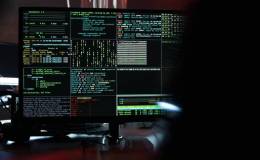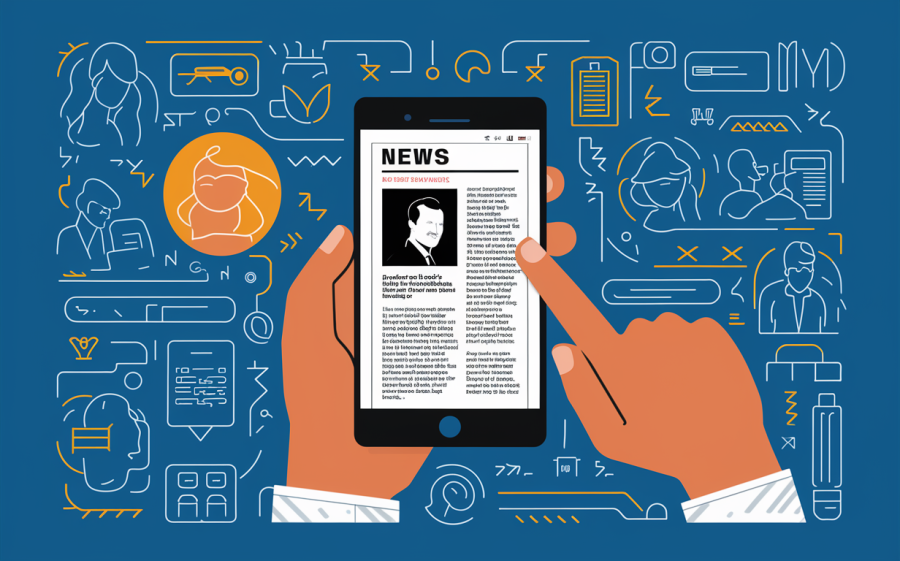
Automotive electronics are becoming more sophisticated each year, and it’s reaching the point at which some cars may soon need built-in operating systems in order for people to use them properly. Not too far in the future, if you buy a new car, you may find that Android or a Linux-based OS is riding shotgun.
A new wave of really cool devices will soon do more than simply integrate your mobile gadgets with your automobile. Pairing your smartphone with your car’s sound system and on-board navigation platform is already old hat. Car makers are now looking at how to expand that concept to enhance the notion of your car being treated as one big mobile device.
Choosing the operating platform for this new level of connected car functionality will be no easy task for OEMs. Low-end cars use 30 to 50 electronic control units (ECUs) embedded everywhere from the body, doors and dash, to the roof, trunk and seats. High-end cars stash even more ECUs in every available nook and cranny.
For example, high-end cars like the S-class Mercedes-Benz rely on more than 20 million lines of code. The number of coded lines will grow to over 300 million lines of software code once the connected car hits the highways.
New software that drives the next wave of automotive mobile services must integrate an operating system to supplement rather than to supplant what already exists. If it wants in on the trend, open source will have to gain favor with OEMs already committed to proprietary systems.
“I think this is going to be the next really big explosion in terms of the open source ecosystem changing over in the automotive industry. Software as a differentiator for cars is really where the industry is going. We will see the same thing going on with car makers as we see now with apps in other mobile devices,” Peter Vescuso, executive vice president of Black Duck Software, told LinuxInsider.
A Different Kind of Smart Car
The connected car concept depends on whether you view the wish list as a consumer or as an automotive OEM or device developer. One view is that the connected car is already here — a consumer can connect a smartphone or iPod to a car’s sound system.
However, “that’s not really innovation. We’ve had that for a while,” Joel A. Hoffmann, automotive business strategist for Intel (Nasdaq: INTC) and member of the board of directors and marketing lead for the Genivi Alliance, told Linux Insider.
Another view is that the connected car will integrate cool technology into the driving experience. For example, the focus is more on content and entertainment and using the cellphone to gain a connection to the Internet for car-based driving tools, he explained.
“We’ve done just about all that can be done with connecting smartphones and iPods. Of course, it can be finessed a bit,” Hoffman said.
Road Not Traveled
Some software visionaries like Vescuso see the car as one big mobile device. It will pick up where the smaller and more limited mobile devices leave off.
“The idea of a connected car is evolving. Consumers want the connectivity in the car that they have on their computer in the home,” Pushpahas Joshi, subject matter expert on in-vehicle-infotainment for KPIT, told LinuxInsider.
The car as mobile device will have a separate platform with access to all car functions. There will be apps for that approach — that’s what people expect will happen with the next wave of mobile car devices. But that view is not yet a reality, he cautioned.
“I’m not aware that it exists yet. But I have talked to people within the automotive industry and know that several companies in Europe are already basing their products on the Apple (Nasdaq: AAPL) back end as a model,” Vescuso said.
A Blurry View?
As to the idea of a car being one big mobile device, Hoffman believes that’s an impractical way of looking at it, and a bit overly simplistic. Cars are multi-user devices. One size does not fit all.
“We have multi-personality mobile devices. This goes well beyond an individual mobile phone with its own downloaded apps,” said Hoffman.
Time is another factor. It takes three years from concept to development for a car. The software it uses has to last for 10 years. This is a big challenge to the OEMs, he explained.
Another factor blocking the car from being treated as one big mobile device for running downloaded apps is openness. Two things stand in its way, according to Joshi.
One is security concerns over hacking. The second is that car makers insist on controlling car apps. So only services certified by the OEM will be allowed.
The Car’s the Thing
When it comes to branding, embedded Linux and Android operating systems could play a pivotal role in making the connected car happen. The Linux platform is very well-established, has an aggressive development cycle and moves quickly, according to Hoffman. But its newness scares some car makers.
The automotive industry imposes a very rigorous testing and validation environment. That causes a potential problem for car makers considering Linux to run these new systems. Normally, OEMs are not agreeable to basing manufacturing commitments on unknown sources of software, he explained.
Two big OS players in the auto industry for integrating mobile devices presenting established alternatives are Microsoft (Nasdaq: MSFT) and QNX. That said, Linux offers manufacturers an attractive option. Some 70 to 80 percent of platform software is coming from open source, noted Joshi.
“Most of our customers are looking at Linux very seriously,” said Joshi.
Linux Inside?
One key factor driving the decision on what operating system car makers will use for this new generation of connected cars is uniqueness. Car makers want to differentiate their products the same way Apple has done with its smartphone technology, said Vascusco.
That same driving force exists with consideration for the Linux subset, Android. The same dynamics that thrust the use of Android into the mobile device market could have a huge impact on the automotive industry, he noted.
“Android is emerging as another contender for the OS of choice. We’re seeing it as a way for vendors to quickly build apps,” said Joshi.
Enter Genivi
Software and hardware developers recognized the need for a unifying force to lobby for Linux’s adoption in the automotive industry. The result is the recent formation of the Genivi Alliance.
This alliance is focusing on the development of software and hardware for in-vehicle infotainment. The driving forces in this alliance are GM, BMW, Intel, Monte Vista and others, according to Vescuso.
Genivi is organized around a series of expert groups. Each one is headed by a key OEM. A leading supplier works alongside. The main purpose is to collaborate on the common needs of all developers. Nine OEMs and a dozen suppliers are working on integration compliance standards, explained Hoffmann.
Source Mac News World




















